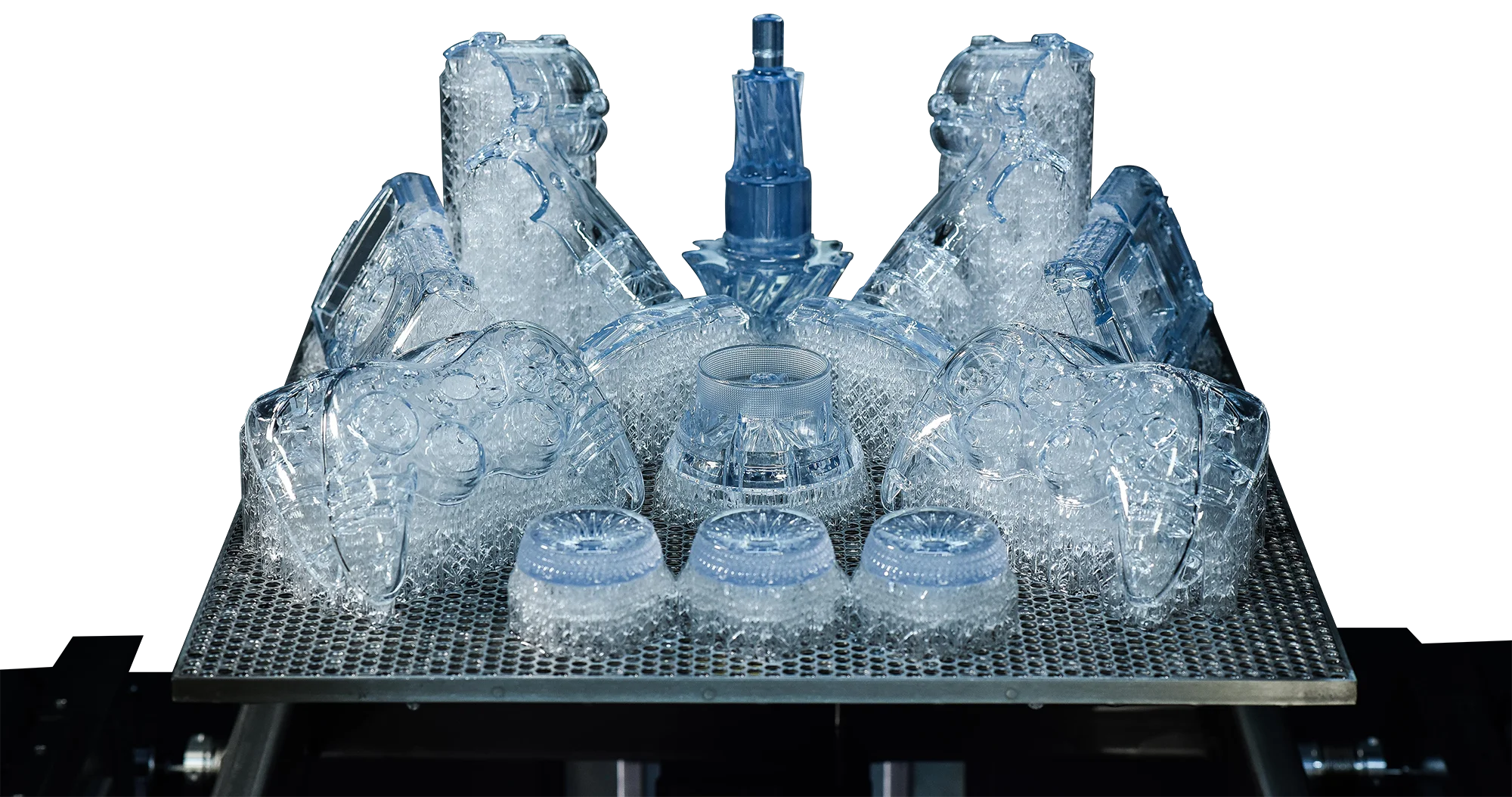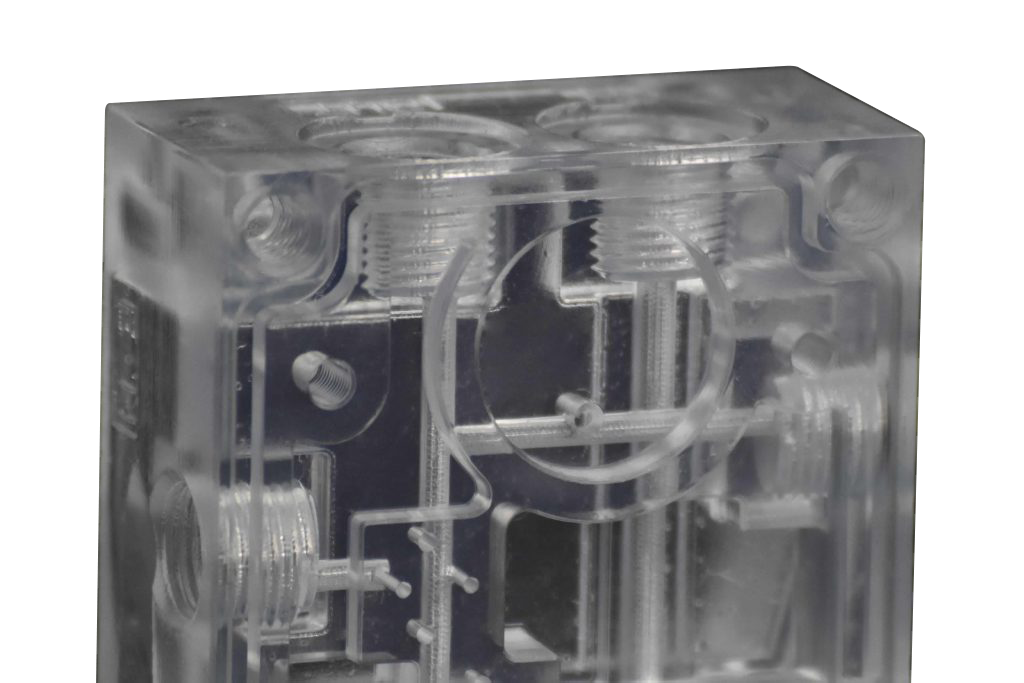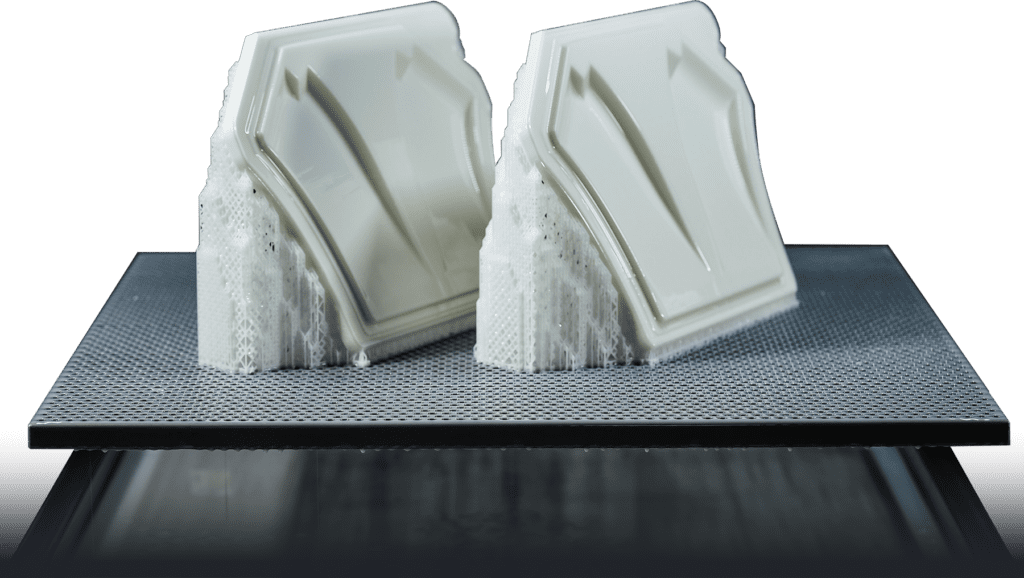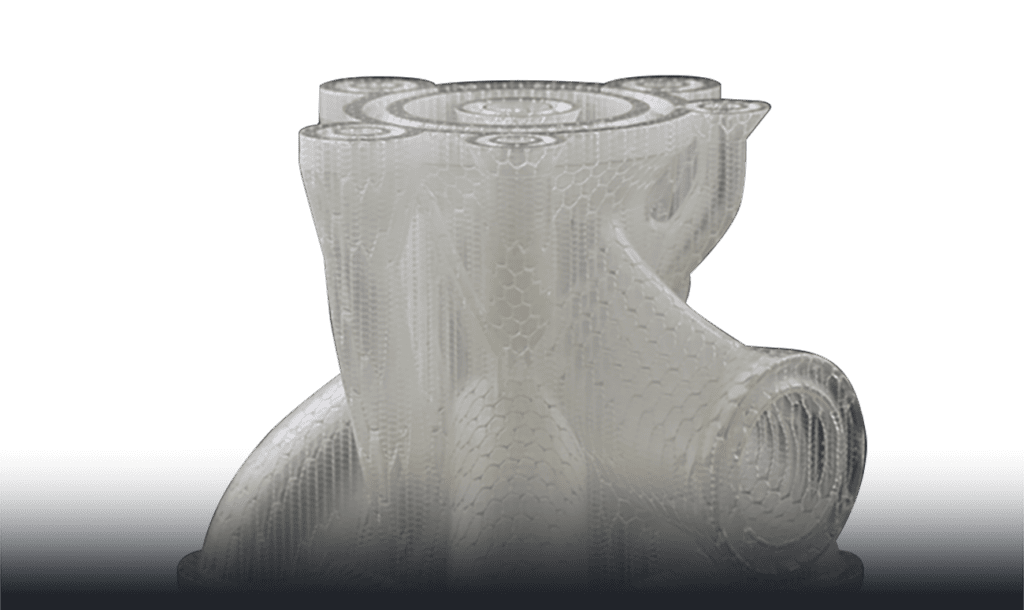SLA materials


SLA 3D printing is fast becoming a popular way to manufacture parts and products using a variety of materials.
SLA printers use a heated build platform and print material in layers on the platform. Many SLA 3D printers can print multiple materials and types of materials at once, allowing you to create parts with a variety of different properties.
Smooth finishes
By blowing air over the molten resin during the printing process, the SLA printer cools the surface to produce a smooth surface finish, without the ‘warping’ of parts on heated beds as with a FDM/FFF-based printer.
High resolution
The resolution of an SLA 3D printer depends on the wavelength of the laser that is used to cure the materials. Stratasys NEO 800 and 450 printers use a 405 nm wavelength laser that has a resolution of around 200 microns.

Strong bonds for high resistance
Resins associated with SLA 3D printing are known for their quality and consistency, with high-tensile strength, high thermal stability and good impact resistance. Furthermore, SLA printers can combine these materials with various textures and colours to create unique parts and prototypes for your projects.
Virtually limitless part size
Build extremely light, large-scale parts in record time with our exclusive hollow build method. Sparse fill is ideal for nonstructural appearance models. These parts build faster, weigh less and cost less than solid SLA models. They also have a better as-built surface than 10-20 pound foam.

Open resin system
An open material system means users are not restricted by the usual parameter constraints, offering the ability to utilise any 355 nm hybrid resin chemistry.
Providing you with Stratasys' leading SLA resins
Somos® ProtoGen 18420
A UV resin for 3D printer that cures via photopolymerisation of urethane and isocyanate groups in the resin to form strong bonds. It produces high-quality surface finish with high accuracy making it ideal for prototypes requiring advanced detailing. It has very low shrinkage allowing easy removal of support structures post curing. The material comes in white, with easy-to-clean off parts, ideal for prototypes, masters and patterns and when you need a high heat and humidity resistant material.
Somos® WaterClear Ultra 10122
This low viscosity, non-photopolymerisable, water-soluble material is ideally suited for the production of highly-transparent components. It offers excellent flow characteristics and meets regulations for food contact applications. It is compatible with almost all 3D printable resins and has clear and smooth cast surfaces suitable for demanding optical applications including functional testing for optical light transmission work. Uses include for creating bottles, lenses and conducting fluid flow analysis.
Somos® WaterShed XC 11122
Somos® WaterShed XC 11122 is a new generation thermoplastic elastomer designed for high performance injection moulding applications such as mobile phone covers and case inserts. It is noted for its clear, transparent look and for mimicking the look and feel of clear thermoplastics like acrylic. It combines low hardness with excellent impact resistance and dimensional stability making it an ideal material for consumer electronics that require high flexibility and durability, as well as aerospace and automotive parts. The mechanical properties are comparable to that of other soft thermoplastics such as TPU and EVA, and the Shore D hardness is 50D, which is the same rating as hard PPXs.
Somos® NeXt
Ideal for tough and complex parts, Somos NeXt offers higher impact resistance, greater thermal properties and moisture resistance than other injection mouldable or compression moulded elastomers and produces parts that retain their shape over time. Parts produced by this material can also be recycled into other products or be burned to provide energy to the production process, saving money and reducing waste.
SC 1000P
SC 1000P is a low-cost, durable and flexible resin. A photopolymer suitable for a wide range of SLA 3D printing applications including functional prototyping, parts production and finishing, as well as low volume manufacturing of end-use parts. It is produced in a transparent yellow-green colour that can be painted or tinted and has a textured surface appearance. It is noted for its ability to create hollow prototypes and patterns with high accuracy and has low water absorption, high green strength and low and stable viscosity.
From prototypes to products
SLA (Stereolithography) is a 3D printing technique that prints material properties on demand. The technique is based on the printers being able to print multiple layers of material with different properties. Printers typically work by spreading a thin layer of resin on a build tray and printing a layer of the resin that hardens when exposed to UV light (usually by shining a laser or LED light through it). Once the layer has been printed, the printer spreads a new layer of resin on top of the hardened layer and continues the process until the desired object is finished.
SLA 3D printers are used to create 3D printed prototypes and end products. These printers are able to manufacture both prototypes and final products in a wide variety of materials.
What material properties can SLA printers produce?
The variety of materials that an SLA printer can produce depends on the type of printer that you use. Using Stratasys’ Neo series including the Neo 450 and Neo 800 you can use materials such as:
Somos® ProtoGen 18420 – Flexible engineering-grade thermoplastic.
Somos® WaterClear Ultra 10122 – Used in mechanical parts because it is tough and durable with good impact resistance.
Somos® WaterShed XC 11122 – Low viscosity resin that resists sagging and exhibits good strength when cured.
Somos® NeXt – High-conductivity, low-odour material that offers excellent mechanical strength and easy machinability after printing.
SC 1000P – For manufacturing electronics and electrical circuits.





